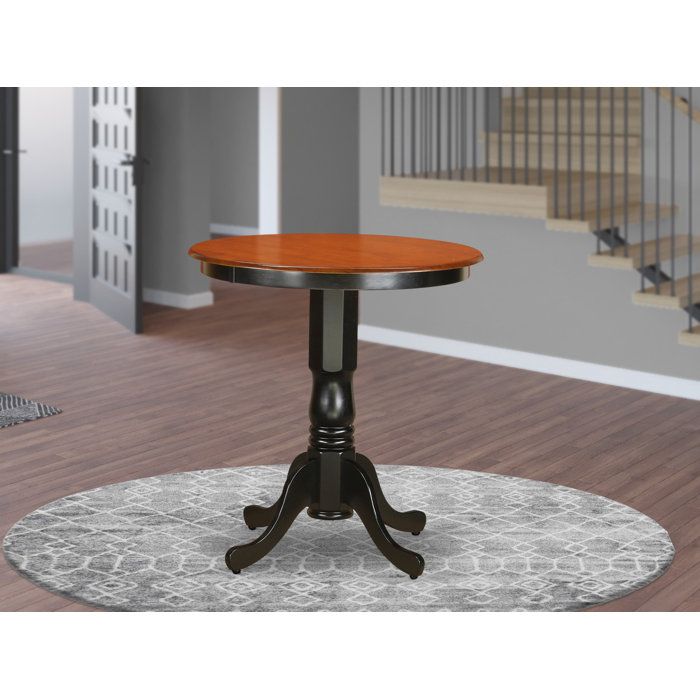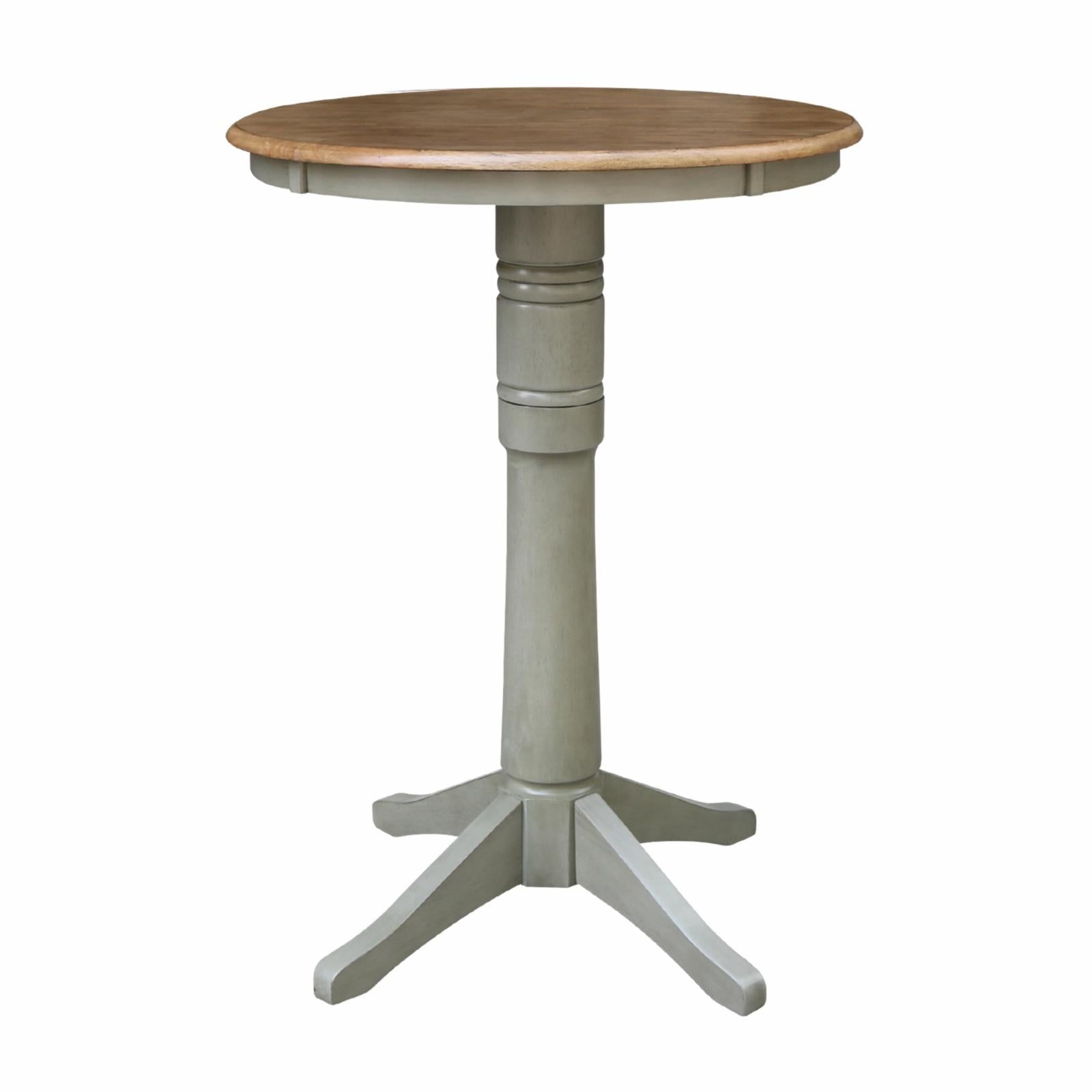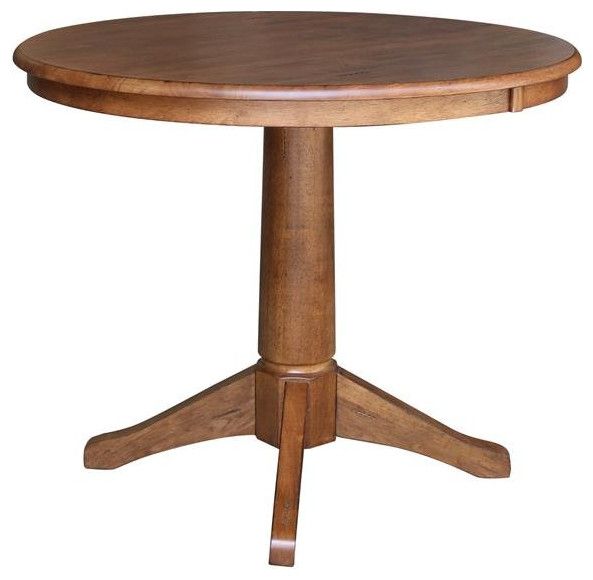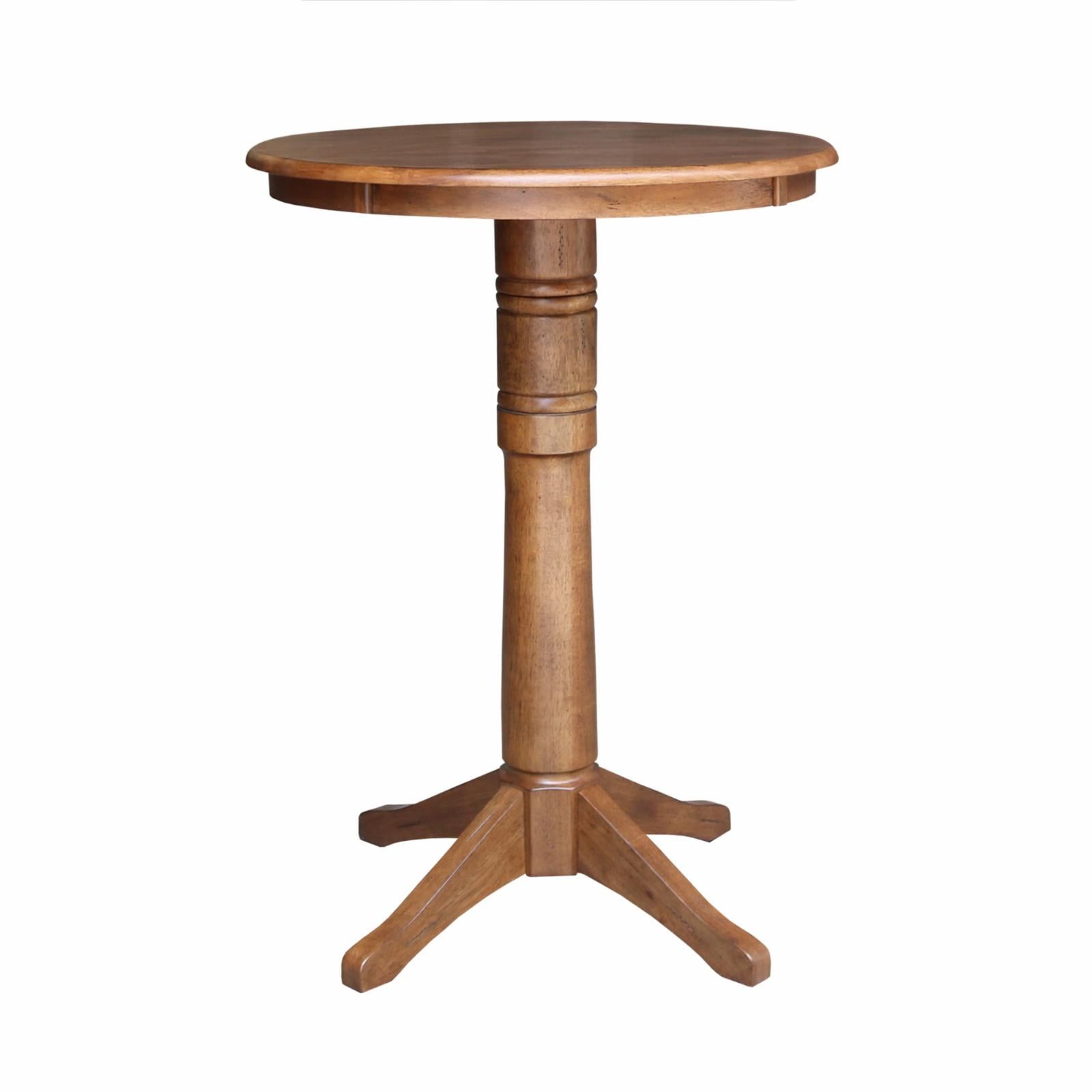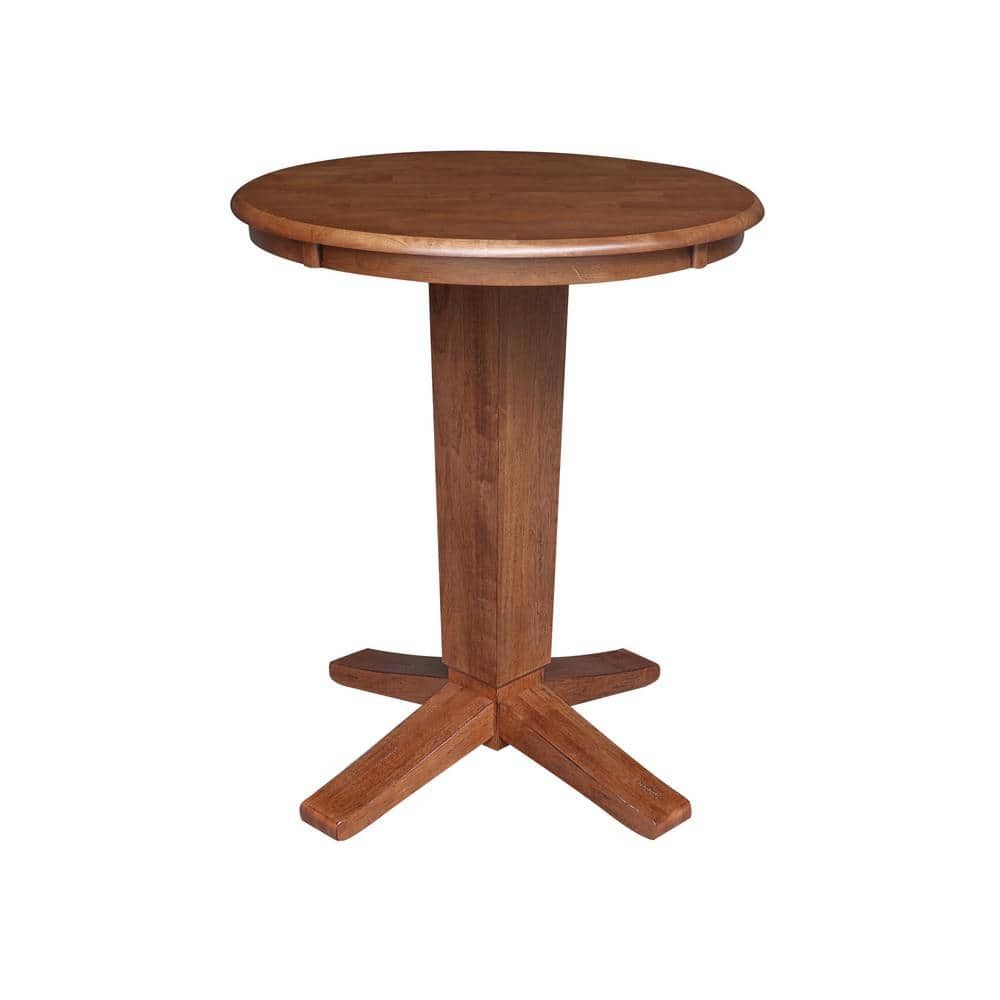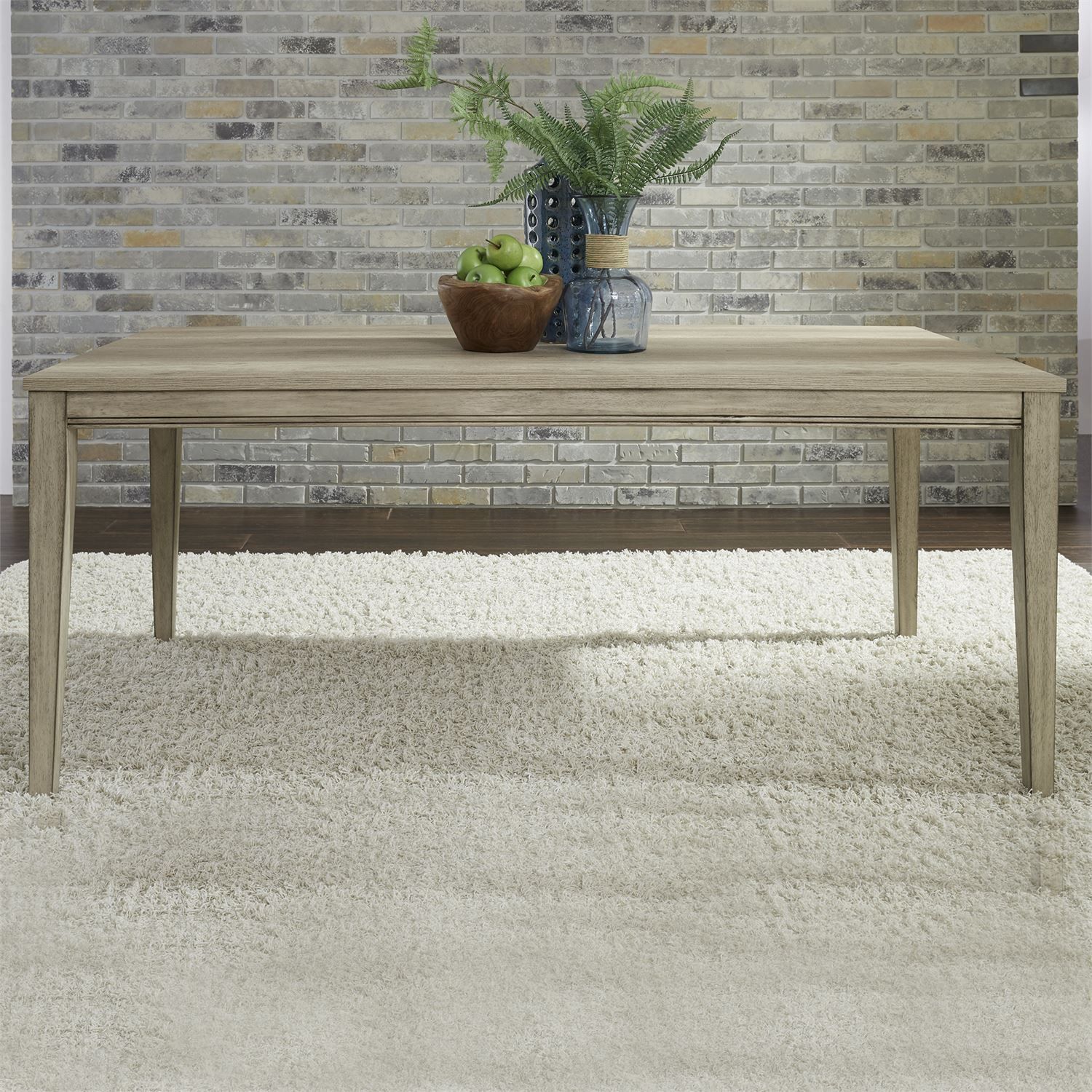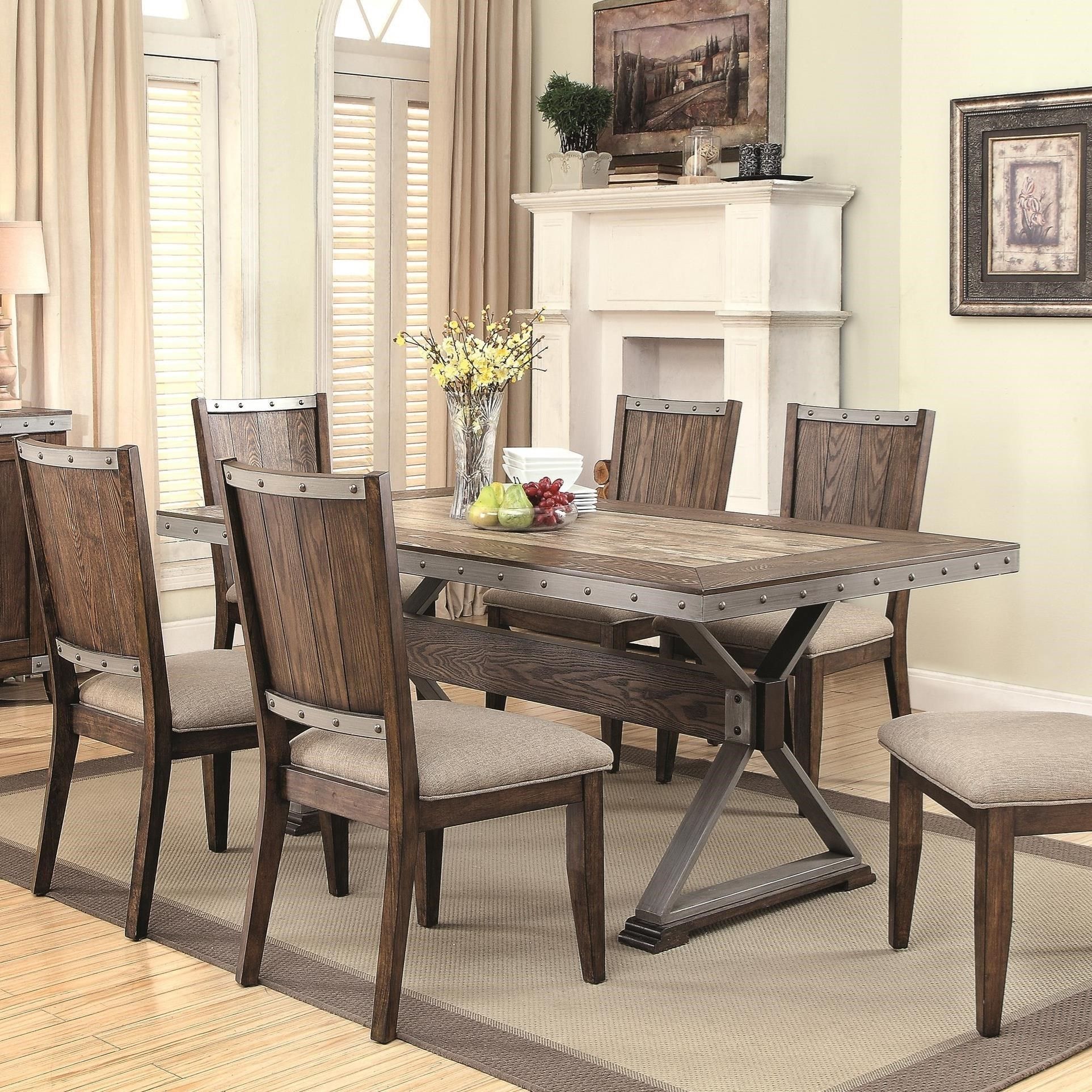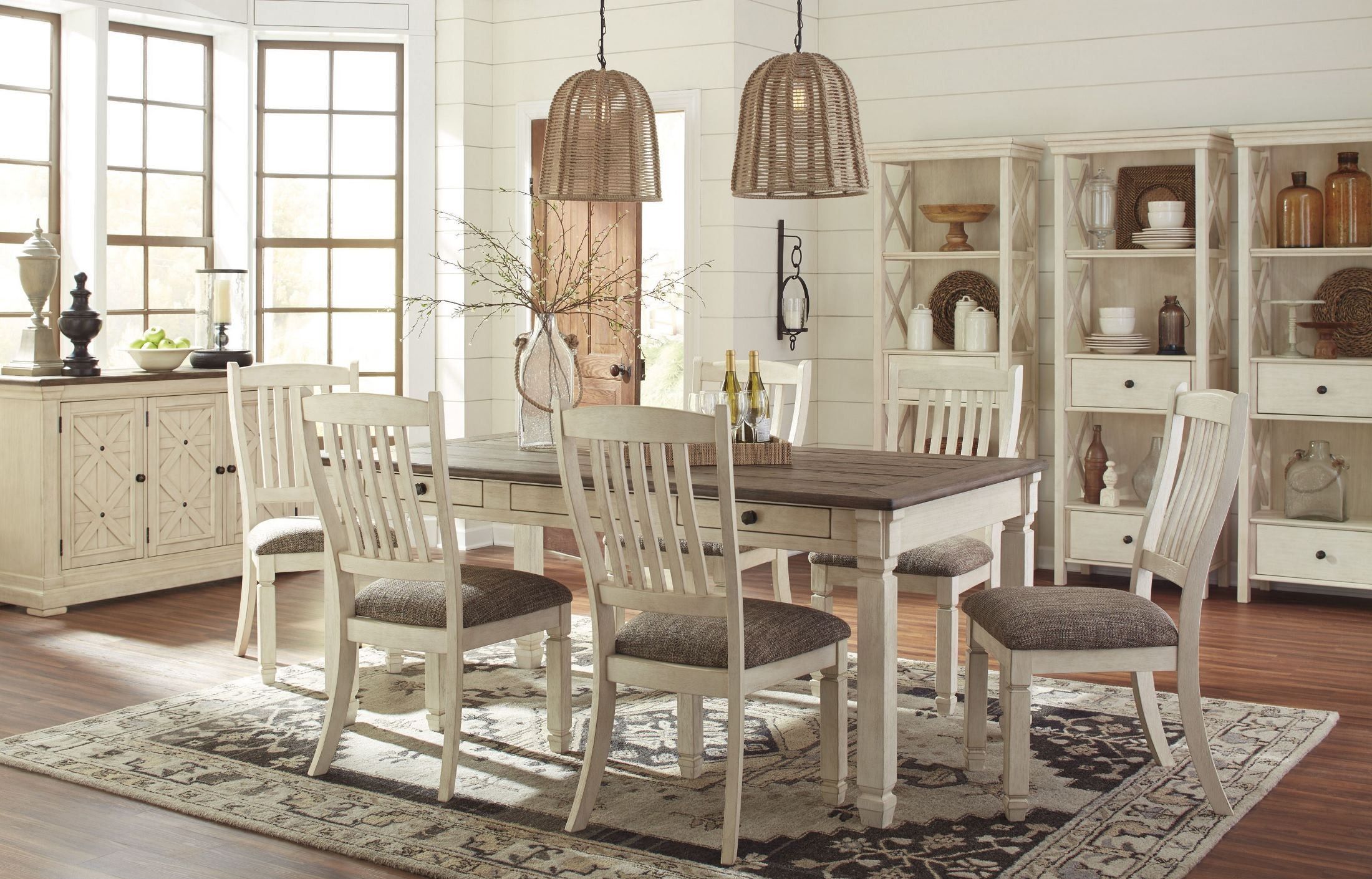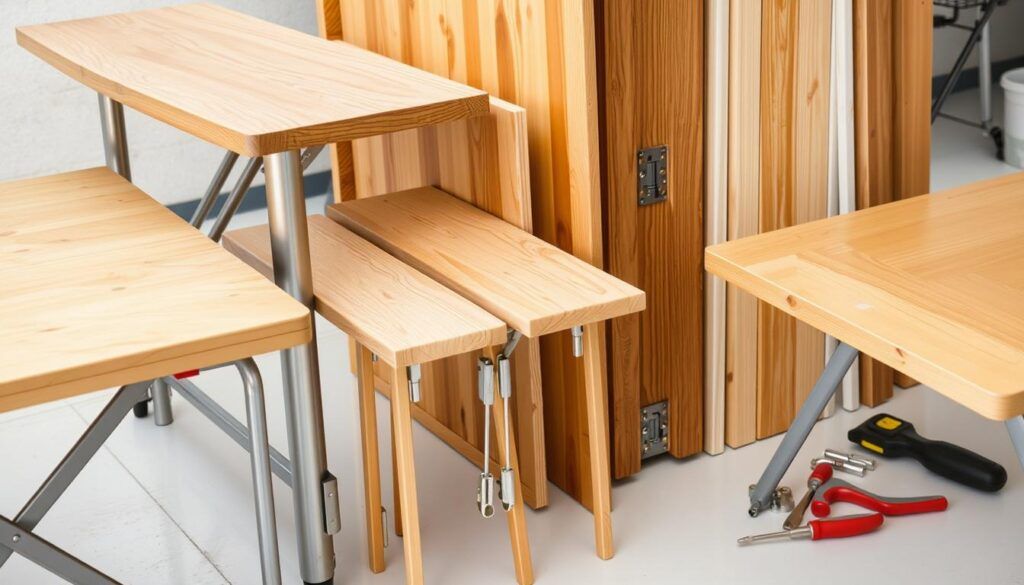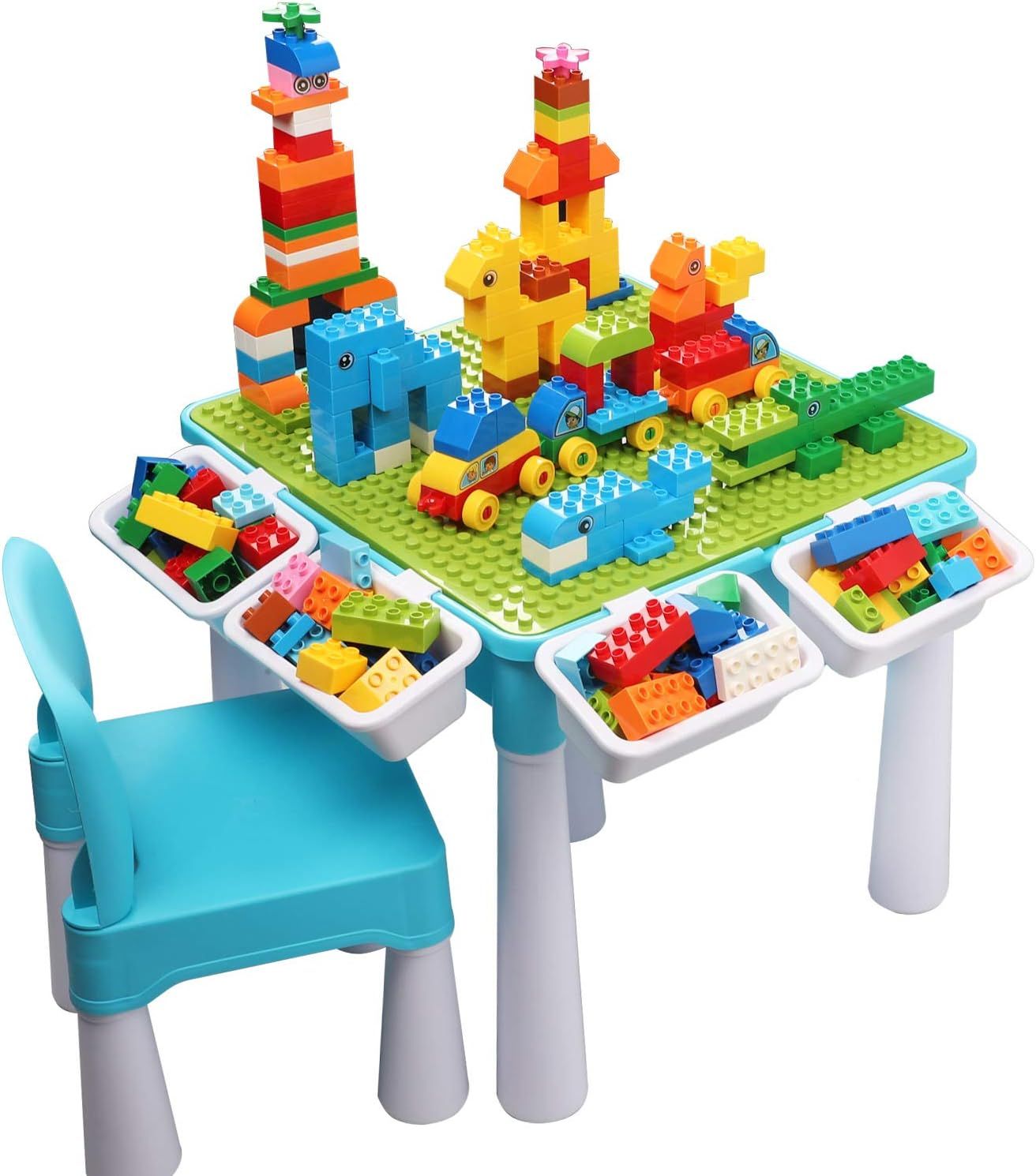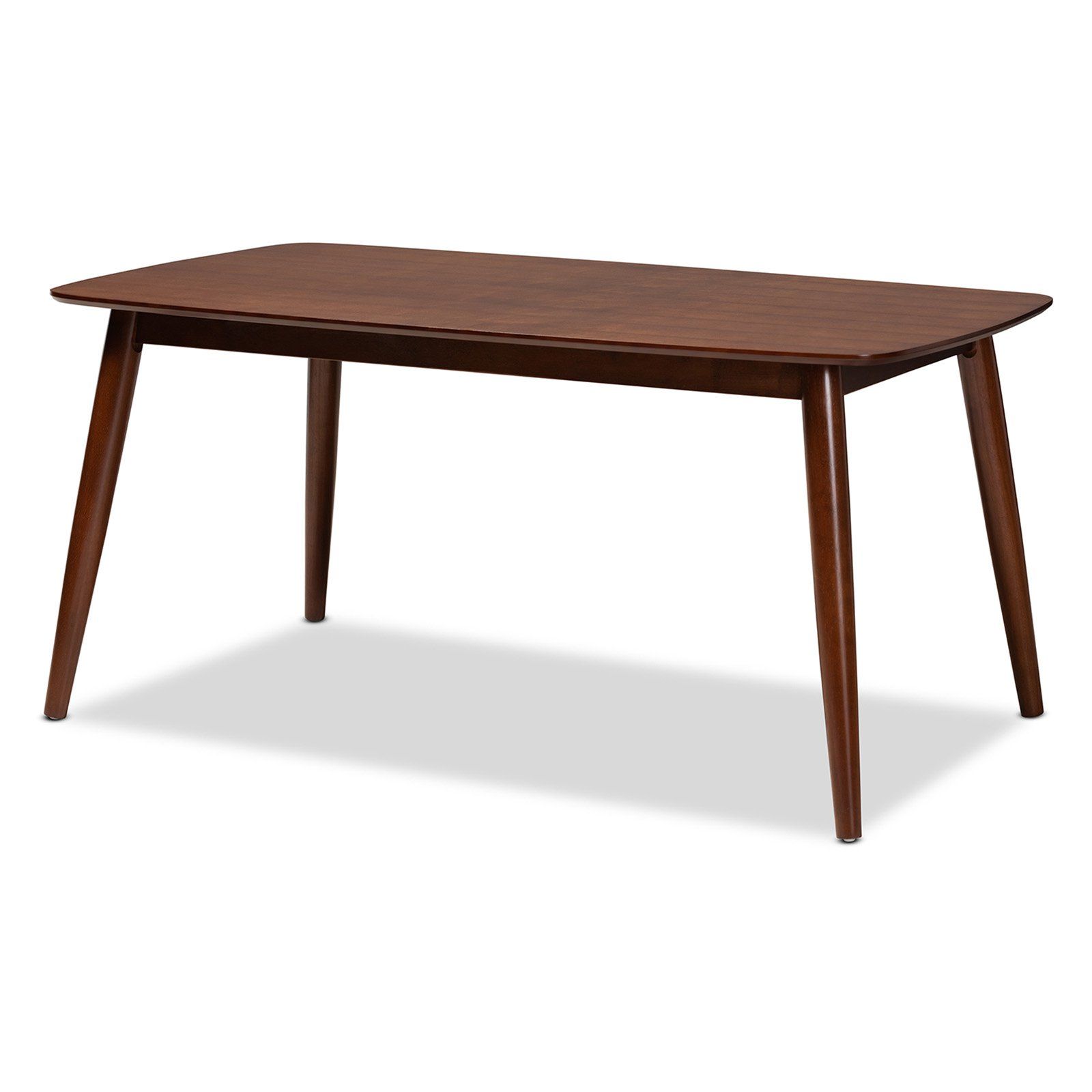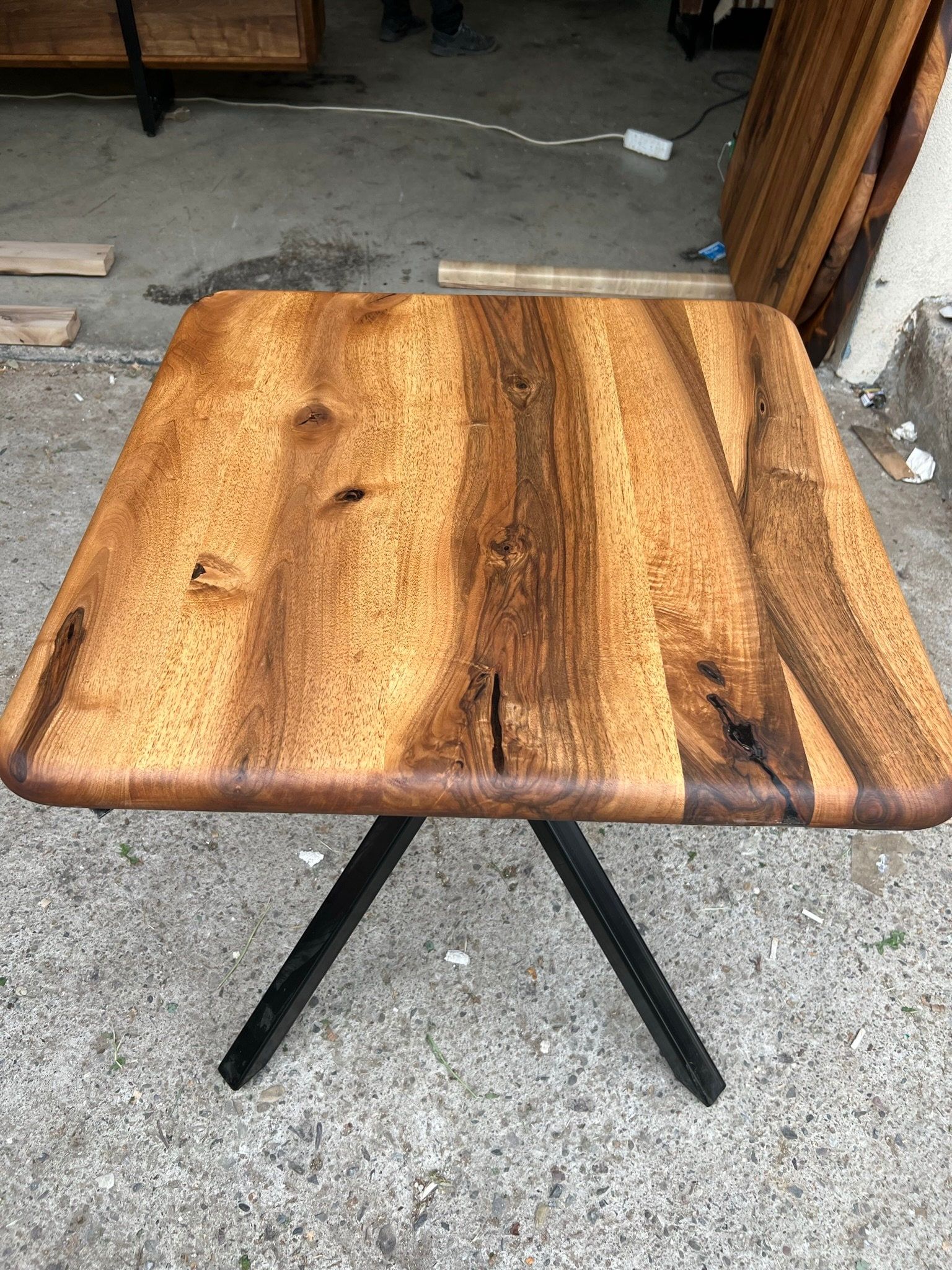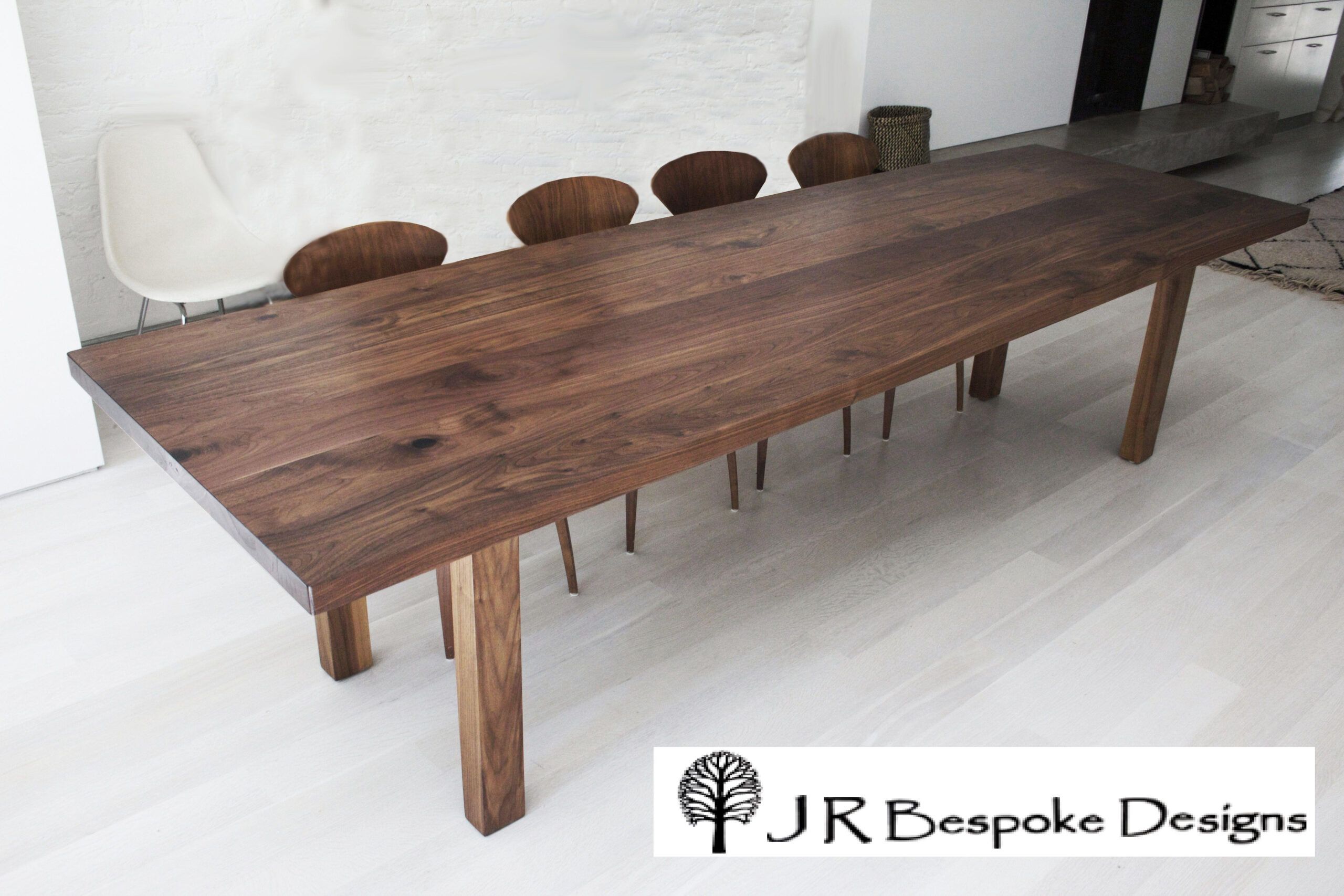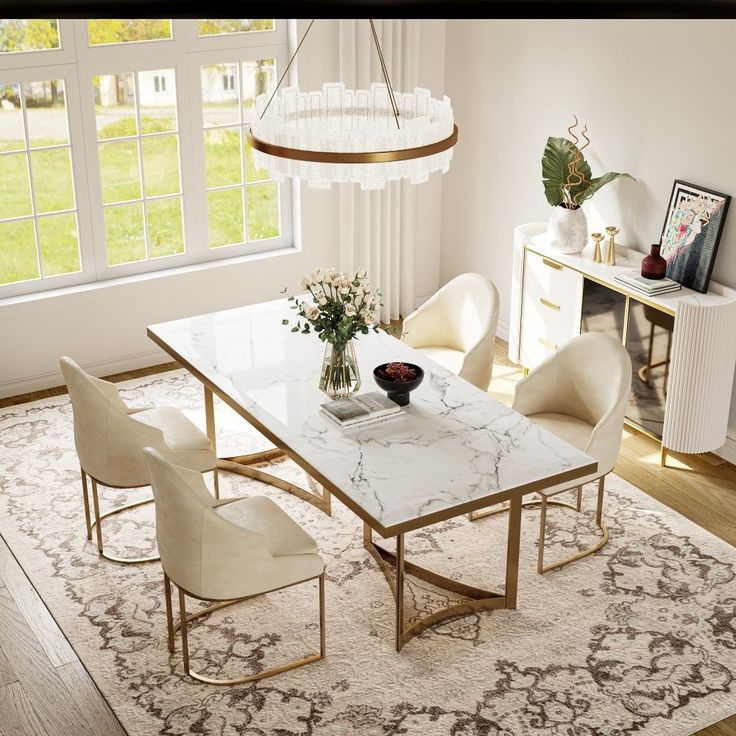Hello, design enthusiasts. Welcome back to my space where we dive deep into the world of interiors, trends, and the stories they tell. Today, we’re chatting about something that’s been a mainstay in homes for decades – and for very good reasons: distressed oak furniture. It’s not just about the pieces; it’s about a feel, a vibe, a story woven into the very wood itself. It’s about how you can create a warm, welcoming home.
This isn’t some fleeting fad. Distressed oak has a real staying power. It’s the kind of furniture that whispers of history, of craftsmanship, and of a life well-lived. I’m going to share with you what makes it so compelling, the key elements of its design, and how you can make it work beautifully in your own space. So, grab a cuppa, settle in, and let’s explore the heart and soul of distressed oak.
Distressed oak furniture isn’t just a style; it’s an experience. It’s about feeling the past, the present, and the future all at once. The nicks and the scratches, the faded colors, and the tactile surface all contribute to its special charm. This design style has been around for a long time, and it continues to be a much-loved option for people who want a cozy, lived-in aesthetic. It’s an invitation to relax, to feel comfortable, and to create a home that truly reflects your personality. We will look at what makes it so appealing, how to choose the right pieces, and how to integrate them into your home with style and confidence.
A Journey Through Time: The History of Distressed Oak
The roots of distressed oak furniture run deep, back to a time when furniture was made to last. It wasn’t just about the look; it was about the material, the skill, and the practicality. This style began to gain traction in the 18th century, when furniture makers started experimenting with techniques to give new pieces an older appearance. This was often done to create the look of a piece that had been treasured and used for many years.
Think about the Shaker style, known for its simple, functional designs. Or the rustic French provincial style, with its emphasis on natural materials and handmade details. These styles, among many others, helped pave the way for the distressed look we know and love today. The appeal was (and still is) in the imperfections, the marks of use that tell a story. It’s a celebration of character and authenticity. The distressed look has evolved over time, from being a way to make something look old to a deliberate design choice, embracing the beauty of wear and tear.
What Makes Distressed Oak So Appealing?
So, what is it about distressed oak that keeps drawing us in? There are a few key things.
- Authenticity: There’s a genuine quality to distressed oak. The imperfections aren’t just for show; they’re a testament to the wood’s journey. It’s a welcome contrast to the perfectly manufactured, sterile designs we sometimes see.
- Versatility: Distressed oak is surprisingly adaptable. It works with lots of different styles, from farmhouse to modern, adding warmth and texture wherever it goes.
- Comfort: The warm tones and tactile surfaces of distressed oak create a sense of coziness and relaxation. It’s furniture you want to touch, to lean against, and to feel at home with.
- Sustainability: Often, distressed oak furniture is made from reclaimed or sustainably sourced wood. This makes it a more eco-friendly choice, which is a big plus for many people.
And let’s not forget the emotional connection. Distressed oak often evokes a feeling of nostalgia, of memories of simpler times. It’s about creating a home that feels lived-in, loved, and full of character.
Key Design Elements and Techniques
The ‘distressed’ look isn’t an accident; it’s achieved through a range of techniques. Here are some of the most common:
- Hand-Rubbed Finishes: These finishes often involve multiple layers of paint or stain, which are then gently rubbed or sanded to reveal the wood grain beneath. This creates a beautiful depth and texture.
- Distressing Techniques: These can include things like using a wire brush to create texture, adding dents and scratches with tools, or even using chains to create a worn look. The goal is to mimic the effects of time and use.
- Color Palettes: The colors used in distressed oak furniture are typically muted and earthy. Think whites, creams, grays, browns, and soft blues and greens. These colors add to the overall sense of warmth and comfort.
- Hardware: The hardware is also critical. Often, you’ll find antique-style knobs, pulls, or hinges that add to the vintage charm of the pieces. These small details can make a big difference.
It’s all about the details, creating a piece that tells a story.
Incorporating Distressed Oak Into Your Home
Ready to bring distressed oak into your own home? Here’s how:
- Start Small: If you’re new to the style, begin with one or two pieces. A coffee table, a dining table, or a side table can make a big impact without overwhelming your space.
- Mix and Match: Don’t be afraid to combine distressed oak with other styles. It pairs beautifully with modern pieces, creating an interesting and balanced look. The contrast can be really effective.
- Consider the Room: Think about the function of the room and how you want it to feel. In a living room, a distressed oak coffee table can create a cozy focal point. In a dining room, a distressed oak table can anchor the space.
- Accessorize Thoughtfully: Choose accessories that complement the style of your furniture. Think vintage textiles, rustic decor, and natural elements like plants and wood. Don’t overdo it, though; let the furniture be the star.
- Pay Attention to Lighting: Lighting can make a big difference. Warm, ambient lighting will enhance the cozy feel of distressed oak furniture. Consider using dimmer switches to create the perfect mood.
Remember, it’s about creating a space that feels like you.
Care and Maintenance: Keeping Your Oak Looking Great
Distressed oak is known for its durability, but it still needs some care to keep it looking its best. Here are a few tips:
- Dust Regularly: Dust your furniture frequently with a soft cloth to prevent the buildup of dirt and grime.
- Clean Spills Immediately: Wipe up spills promptly to prevent staining. Use a damp cloth and mild soap if necessary. Always dry the surface thoroughly.
- Avoid Harsh Cleaners: Avoid using harsh chemicals or abrasive cleaners, which can damage the finish. Stick to mild soap and water.
- Protect from Sunlight: Direct sunlight can cause the finish to fade over time. Place your furniture away from direct sunlight or use window coverings.
- Consider a Wax Polish: Occasionally, you can use a furniture wax to protect the finish and add a little extra shine. Always test the wax in an inconspicuous area first.
With a little care, your distressed oak furniture will continue to look beautiful for years to come.
Finding the Right Pieces: Where to Shop
Finding authentic distressed oak furniture is easier than you might think. Here are a few places to start your search:
- Antique Shops and Flea Markets: These are great places to find unique, one-of-a-kind pieces. You might even find a piece with a real history. But be prepared to invest time in searching, and be ready for some repairs.
- Vintage Furniture Stores: These stores curate a selection of vintage furniture, often including distressed oak. They’re a bit more organized than flea markets, and the furniture is usually in good condition.
- Online Marketplaces: Websites like Etsy, eBay, and Facebook Marketplace have a vast selection of distressed oak furniture. You can often find great deals, but be sure to examine the photos carefully and ask the seller questions.
- Specialty Furniture Stores: Some furniture stores specialize in rustic or farmhouse styles, and they often carry distressed oak furniture. These stores can be a good option if you want new pieces with a vintage look.
- DIY Projects: If you’re feeling crafty, you can distress existing furniture yourself. There are lots of tutorials online that show you how to achieve the look.
No matter where you shop, do your research, compare prices, and choose pieces that you truly love.
Embrace the Imperfection: The Beauty of Distressed Oak
Distressed oak furniture is more than just a trend; it’s a way of life. It’s about embracing the beauty of imperfection, the warmth of natural materials, and the comfort of a home that feels lived-in and loved. It’s about making your space feel like a true reflection of your personality and style.
So, go ahead, explore the world of distressed oak. Find pieces that speak to you. And create a home that tells your own unique story. You won’t be disappointed. This is a style that will continue to endure and evolve, gracing homes with its charm for many years to come. It’s a design choice that’s both timeless and personal.
Distressed oak furniture continues to captivate us with its charm, its history, and its ability to transform a house into a home. From its historical roots to the various techniques used to create that signature aged look, we’ve explored the key elements that make this style so appealing. Remember, it’s about embracing the natural beauty of the wood, the imperfections that tell a story, and the warmth that it brings to any space. So, consider adding a touch of distressed oak to your home. It’s an investment in comfort, style, and a timeless aesthetic. Now, go forth and create a space that truly feels like you.
